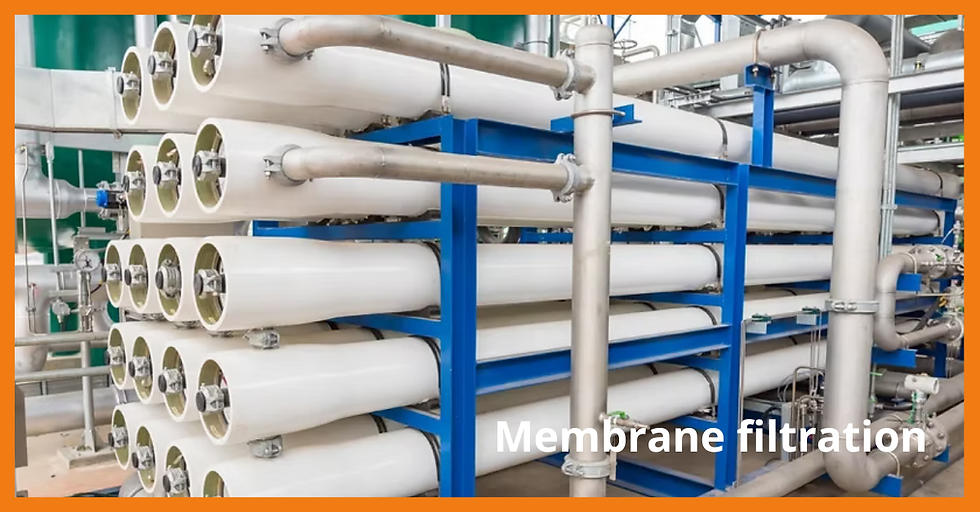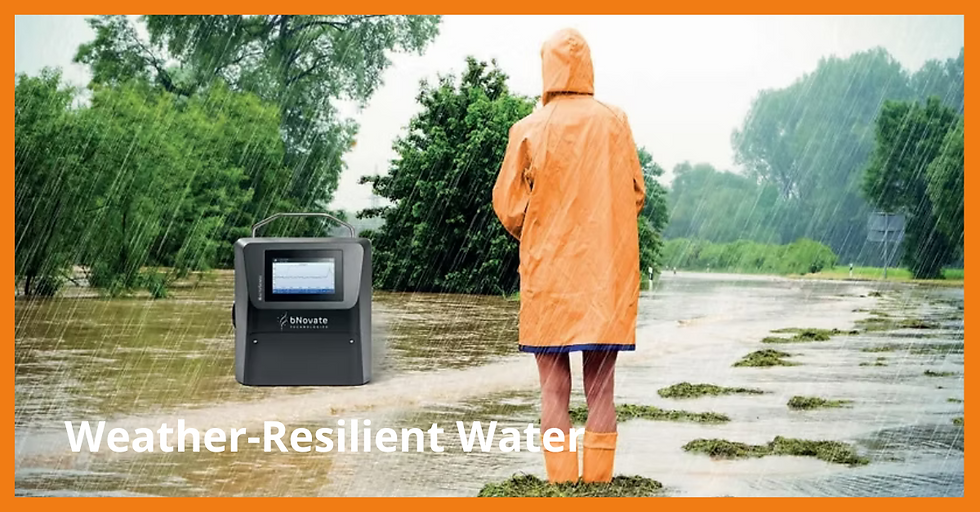Automation as a solution to labour shortages: the role of Bactosense
- Martinique Jobin
- Jul 9
- 4 min read

Labour shortages caused by ageing populations, declining birth rates, and shifting workforce expectations are increasingly influencing companies worldwide, particularly those that rely on qualified technical labour.
Automation is more than a technological convenience; it is an essential strategy to support industries experiencing worker deficits. Rather than replacing employees, automation augments their activities, increasing efficiency, ensuring continuity, and protecting quality.
Automation is a strategic tool for supporting and improving existing labour, particularly in industries that struggle to attract and retain employees.
Global labour shortage
Several countries are already facing critical labour shortages:
Japan: 86 % of municipalities require foreign workers to cope with demographic decline.
Germany: Approximately 1.8 million vacancies, primarily in construction, manufacturing, healthcare and logistics.
Portugal: More than 58,000 open positions remain unfilled for 100 days or longer.
United Kingdom: Within the water sector alone, 49% of engineers say the sheer size of the trained staff is now the number-one challenge, with 66% planning to quit the profession within three years and 23% expecting to retire by 2030.
The shortages are most evident in healthcare, manufacturing and environmental services such as water supply, which require continuous performance, hygiene, and quality control.
According to the 2025 Water Industry Labour Report, the UK water business's primary concern is a lack of skilled labour. Nearly half (49%) of the surveyed engineers cited this as their primary concern, up from 26% the previous year.
This imbalance is exacerbated by a looming retirement cliff, with 23% of water engineers planning to retire within the next five years and 66% considering leaving the industry altogether.
Engineers report that insufficient staffing is already causing project delays, operational inefficiencies, and quality risks. Asset Management Period 8 (AMP8) is the UK water industry’s regulatory cycle, which runs from 2025 to 2030 and is led by Ofwat.
It focuses on delivering net-zero operational emissions by 2030, upgrading ageing infrastructure, improving customer service, and embracing digital innovation (like digital twins and IoT).
Environmental sustainability is central, with goals to reduce storm overflows, enhance biodiversity, and build climate resilience. AMP8 marks a critical turning point, requiring water companies to strike a balance between cost efficiency and long-term, sustainable investment.
The AMP8, backed by £104 billion in investment funding, has intensified the pressure on the workforce to deliver under immense scrutiny and tight timelines.
BactoSense – a practical automation solution
BactoSense, developed by bNovate Technologies, is an automated flow cytometer for real-time microbiological water analysis. It automates microbiological testing, dramatically reducing the need for labour-intensive and time-consuming manual sampling and lab testing while maintaining accuracy, consistency, and compliance across numerous industries.
BactoSense already delivers value in six water-reliant industries:
Industries | Labour-Shortage Pain Point | BactoSense Contribution |
Ageing lab workforce, 24/7 compliance | Fully automated microbiological surveillance protects public health without requiring nighttime or weekend staffing. | |
High turnover, hygiene audits | Online monitoring enables lean teams to validate each batch in real time. | |
Sterile-water specifications, quality-assurance backlog | Real-time notifications avoid deviations, freeing QA scientists to conduct root-cause analysis. | |
Small QC teams, short product cycles | Continuous water-loop monitoring reduces batch release delays. | |
Limited grant budgets, technician shortages | Automated cell counts provide researchers with reliable data without requiring personnel to be tied up. |
How can BactoSense mitigate the UK water sector challenges?
The 2025 Water Industry Labour Report presents a bleak picture of the UK's talent crisis: nearly half of engineers identify skills shortages as the most pressing issue, two-thirds plan to leave the sector within three years, and almost a quarter expect to retire by 2030.
These challenges overlap with AMP8, a £104 billion investment strategy that requires speedier project delivery than past cycles. Skills shortfalls are already being blamed for delayed development, increased error rates, and "panic-station" recruiting.
AMP8 challenges | How BactoSense can mitigate it |
Scarce lab capacity for compliance sampling | BactoSense installations at treatment facilities give continuous data without requiring additional personnel. |
Increased contractor reliance | Automation reduces the manual tests contractors must undertake, lowering administrative costs. |
Retirement cliff & knowledge drain | Digital records and water-quality information, previously only available in senior engineers' notebooks, are now available, thus protecting institutional memory. |
Regulatory & public-trust scrutiny | Instant alerts and traceable reports demonstrate proactive risk management, critical when media attention on outages or contamination is high. |
By redeploying skilled engineers from repetitive grab-sampling to high-value optimisation tasks, BactoSense can keep AMP8 timelines on track even if the talent pool decreases.
Supporting labour, not replacing it
Automation technologies such as BactoSense are intended to supplement the workforce. As Business Insider cites, technology enables employees to move from monotonous tasks to more important work.
Amazon's warehouse robots, likewise, aim to "flatten the hiring curve," relieving pressure without eliminating jobs. The same idea applies in water utilities: BactoSense conducts routine monitoring, allowing human experts to concentrate on system optimisation and innovation.
Conclusion
Persistent labour shortages jeopardise operational reliability across numerous industries. BactoSense offers a realistic solution for guaranteeing consistent water quality, regulatory compliance, and productivity even when human resources are limited.
BactoSense distinguishes itself as an ally that bridges the labour gap with efficiency, precision, and resilience by incorporating automated microbiological monitoring into drinking water, bottled water, pharmaceutical, cosmetics, industrial, and research settings. It also directly addresses the acute water-sector shortfall in the UK.










Comments